 Lithium-ion capacitor (LIC) is a kind of electric energy storage device with both high energy density and high power density characteristics and can achieve high current charge and discharge.
Lithium-ion capacitor (LIC) is a kind of electric energy storage device with both high energy density and high power density characteristics and can achieve high current charge and discharge.
It combines the advantages of lithium batteries and supercapacitors/EDLC, and integrates many excellent features such as high power, high energy, long life, high safety,
wide temperature range, high reliability, and low cost.
Lithium-ion capacitors are similar in structure to supercapacitors, but the anode uses a carbon material pre-doped with lithium ions,
and the cathode usually uses activated carbon used in supercapacitors.
This pre-doping process reduces the potential of the anode and allows a relatively high output voltage.
Jinpei LIC fast charge solution with independent intellectual property rights patent No.ZL 202221279740X, widely used in EV/robot/ solar energy and other fields
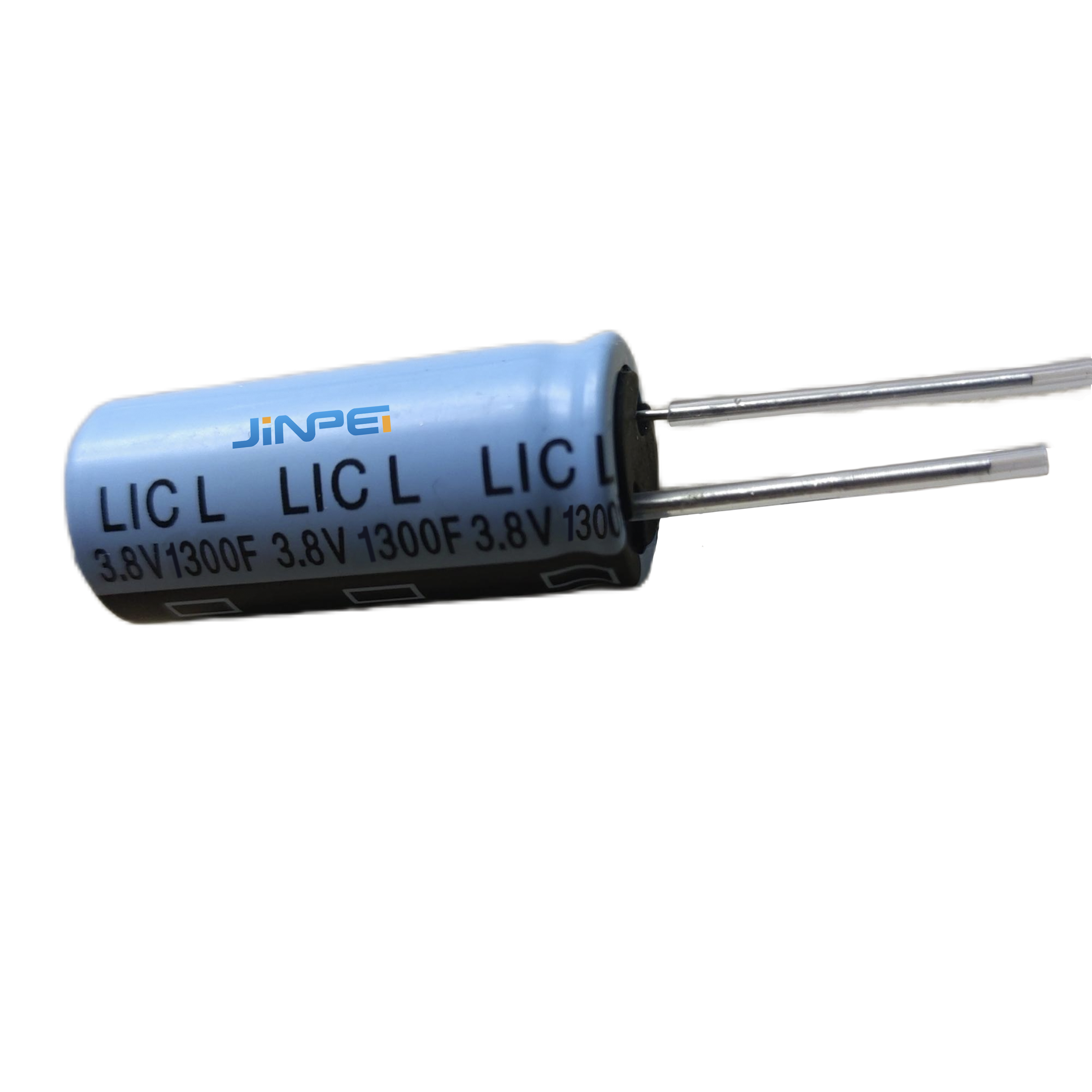
Radial lead lithium ion capacitor LIC 1300F
Read More…
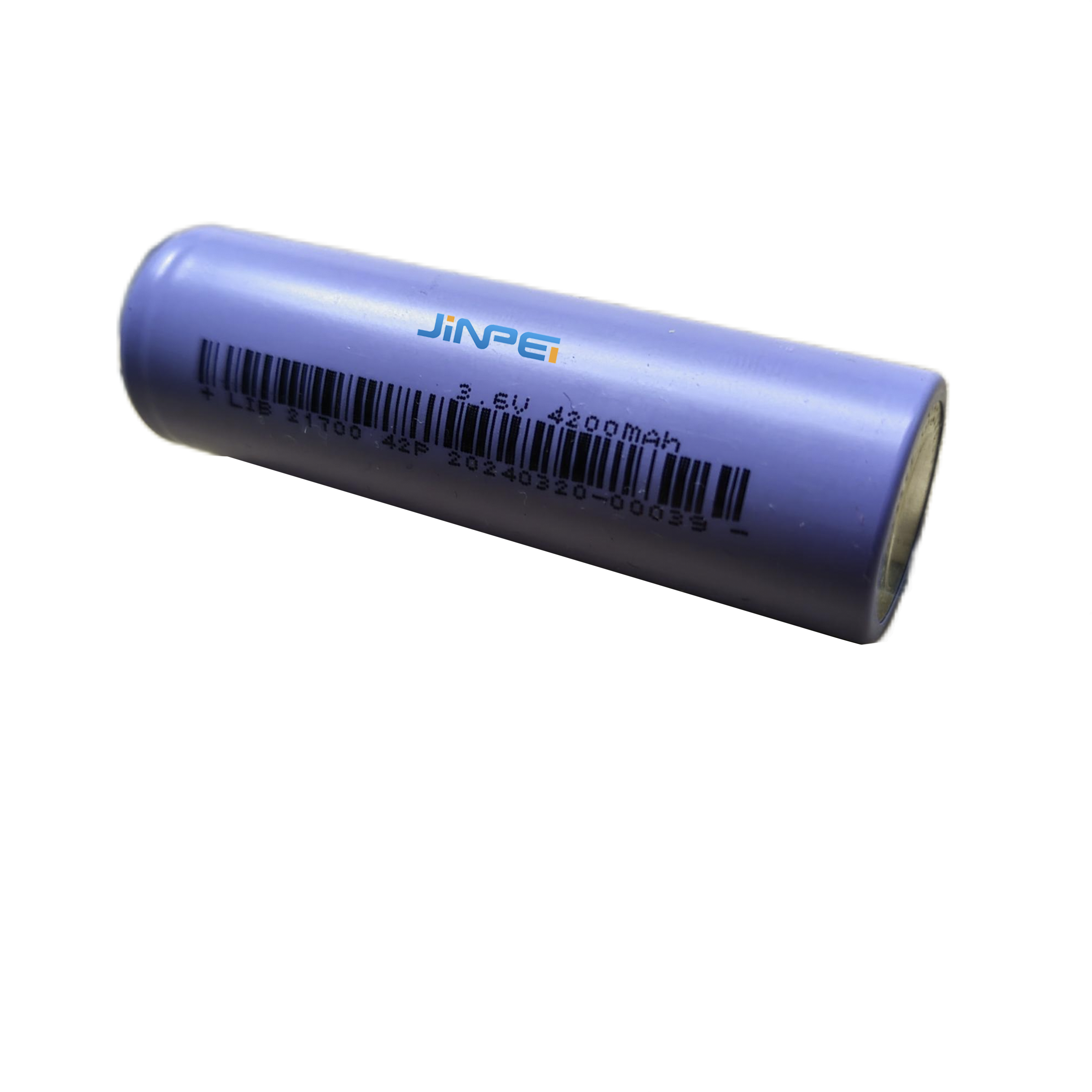
Lithium ion capacitor cylinder 4200mAh
Read More…

Lithium Ion Capacitor Cylinder 20Ah | Fast Charge
Read More…

Lithium Ion Capacitor Cylinder 18Ah CKAA60140L
Read More…

Lithium Ion Capacitor Cylinder 15Ah CKAA60140
Read More…
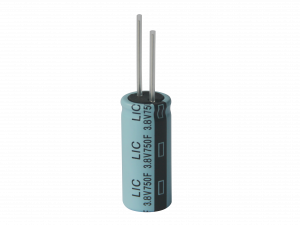
Lithium Ion Capacitor ▏Radial Lead ▏CKBA CKBB
Read More…

Lithium Ion Capacitor ▏Cylinder ▏CKAA
Read More…
Product positioning
Jinpei LIC VS LIB( LFP battery/LTO battery……)
The positioning or performance of our product (Jinpei LIC) is between lithium batteries and super capacitors,which can effectively replace LIB.
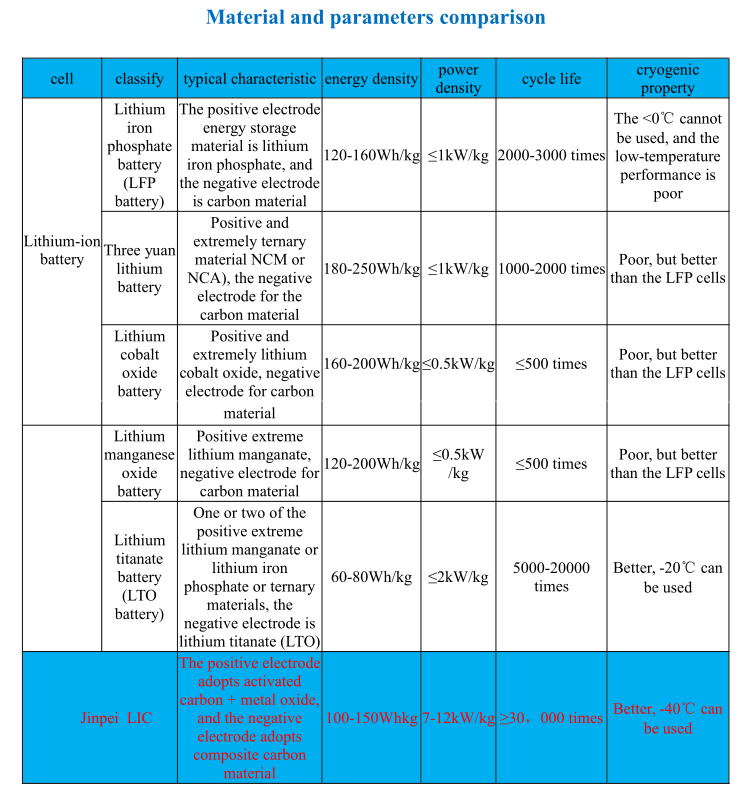
Background
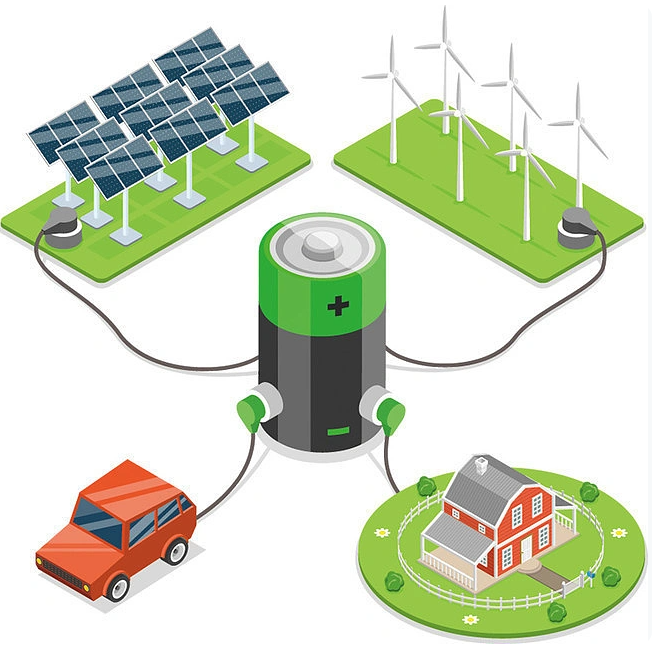 The history of lithium-ion capacitors can be traced back to 1981, when Dr. Yamabe of Kyoto University and KaneboCo. By pyrolyzing phenolic resins at 400-700°C, Dr. Yata created a material called PAS (polyene semiconductor).
The history of lithium-ion capacitors can be traced back to 1981, when Dr. Yamabe of Kyoto University and KaneboCo. By pyrolyzing phenolic resins at 400-700°C, Dr. Yata created a material called PAS (polyene semiconductor).
This amorphous carbonaceous material performs well as an electrode in high energy density rechargeable devices. KaneboCo applied for a patent in the early 1980s and began efforts to commercialize PAS capacitors and lithium-ion capacitors (Lics).
PAS capacitors were first used in 1986 and LIC capacitors in 1991. Although early research has focused on improving the performance and cycle life of electrodes and electrolytes,
But it wasn’t until 2010 that Naoi et al. proposed a real breakthrough by developing nanostructured composites of LTO (lithium titanium oxide) and carbon nanofibers.
Application
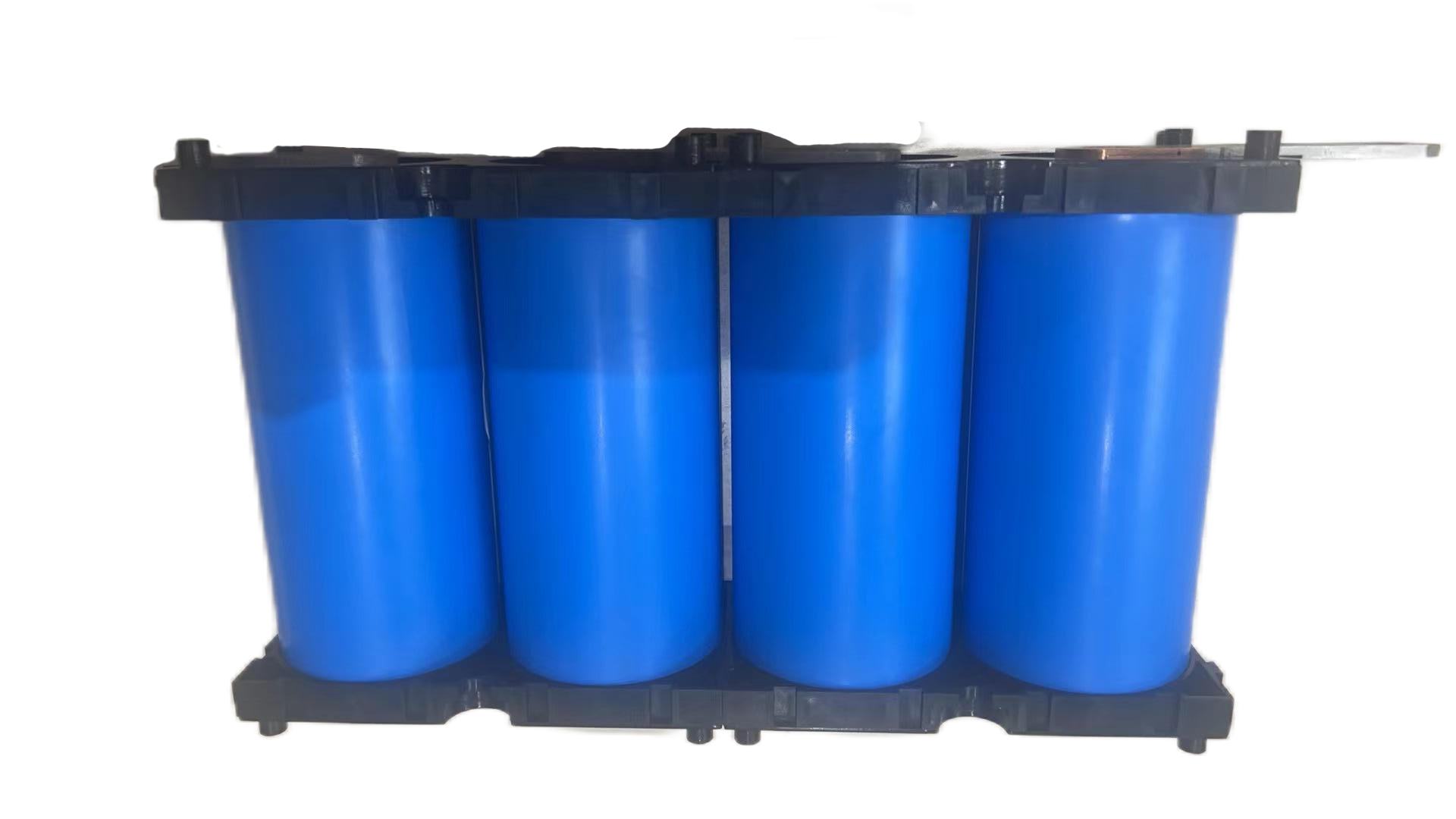 The performance of lithium-ion capacitors is between super capacitors and lithium batteries, and it has a wide range of application prospects. Jinpei lithium-ion capacitors are designed for the following subdivisions to improve energy efficiency and realize the effective use of clean energy.
The performance of lithium-ion capacitors is between super capacitors and lithium batteries, and it has a wide range of application prospects. Jinpei lithium-ion capacitors are designed for the following subdivisions to improve energy efficiency and realize the effective use of clean energy.
1. Electric vehicles: Lithium-ion capacitors can be used as energy storage devices for electric vehicles, providing high power output and fast charge-discharge capabilities. It can provide additional power support during acceleration and deceleration, and has a longer life and higher safety performance than traditional lithium-ion batteries.
2. Renewable energy storage: Lithium-ion capacitors can be used for renewable energy storage systems such as solar and wind energy. It can charge when energy is produced in excess, and then release the stored energy when energy demand peaks, achieving a balanced and stable supply of energy.
3. Industrial applications: Lithium-ion capacitors can be used in industrial automation equipment to provide high power and short time energy output. It can respond to rapidly changing load demands, reduce energy consumption and costs, and improve the efficiency and stability of equipment.
4. Power grid peak load and valley filling: Lithium-ion capacitors can be used as energy storage equipment for power grid peak load and valley filling to balance the supply and demand relationship of the power grid. It can release energy in the peak demand of the grid, reduce the load pressure of the grid, and charge in the trough, taking advantage of cheap power resources.
5. Home and commercial energy storage systems: Lithium-ion capacitors can be used as part of home and commercial energy storage systems to store excess electrical energy for emergencies. It can provide reliable backup power, reduce dependence on traditional power grids, and improve energy efficiency.
 inquiry
inquiry  inquiry@sh-jinpei.com
inquiry@sh-jinpei.com 



